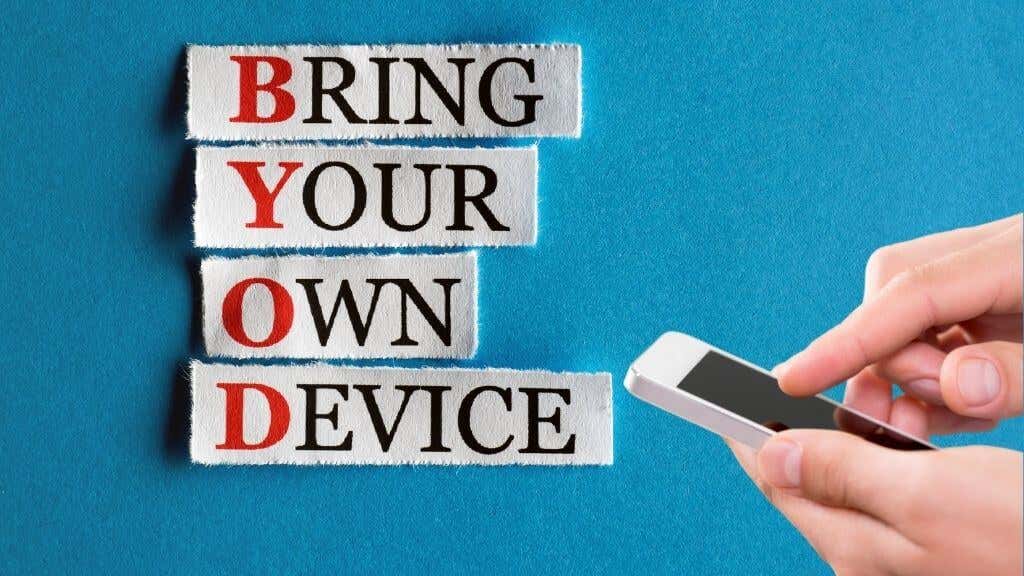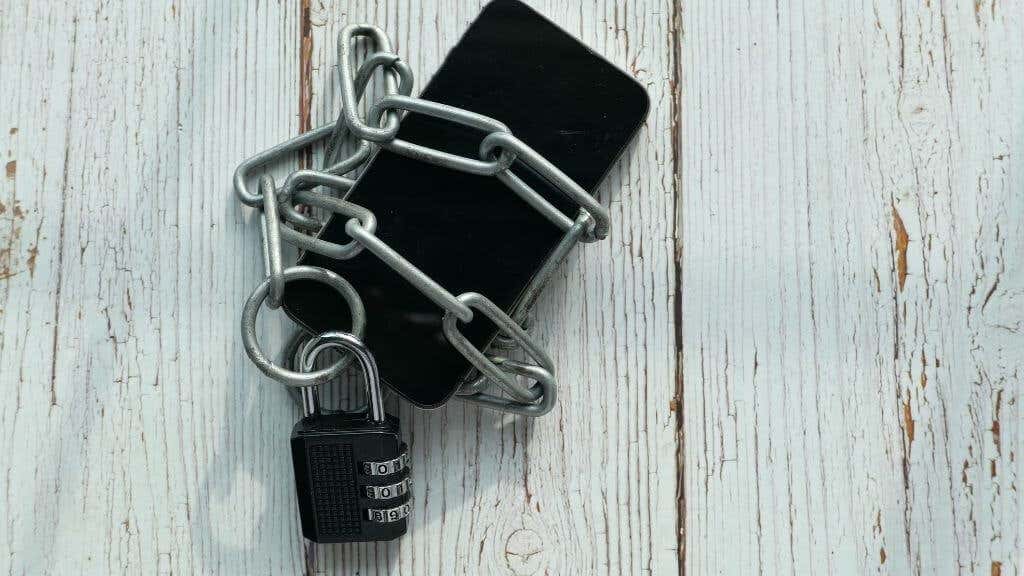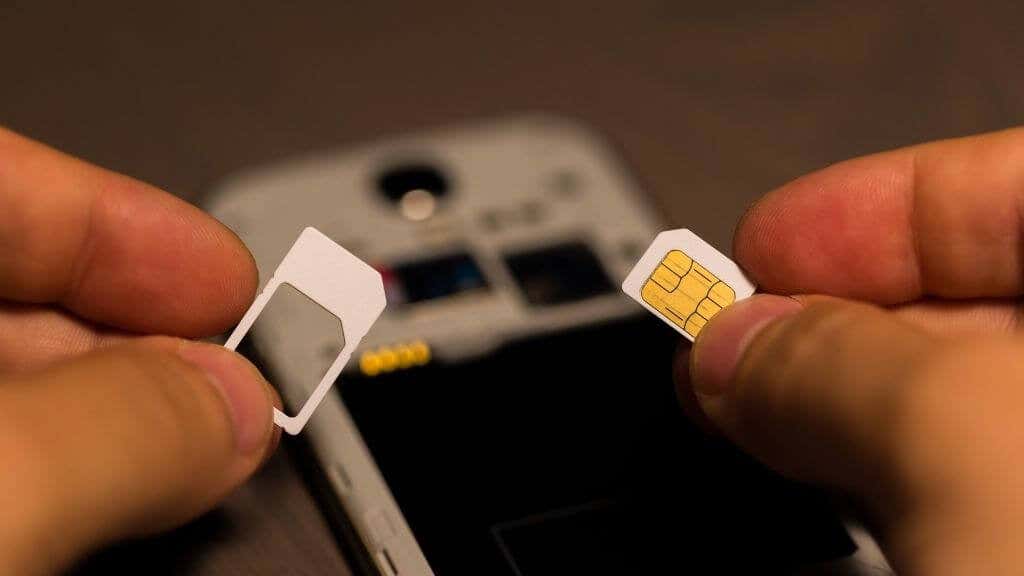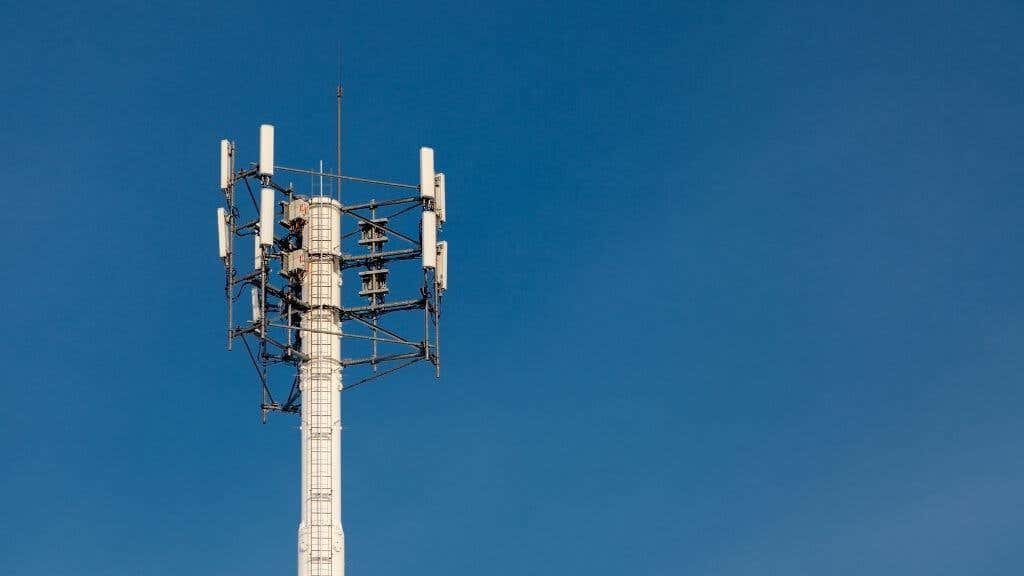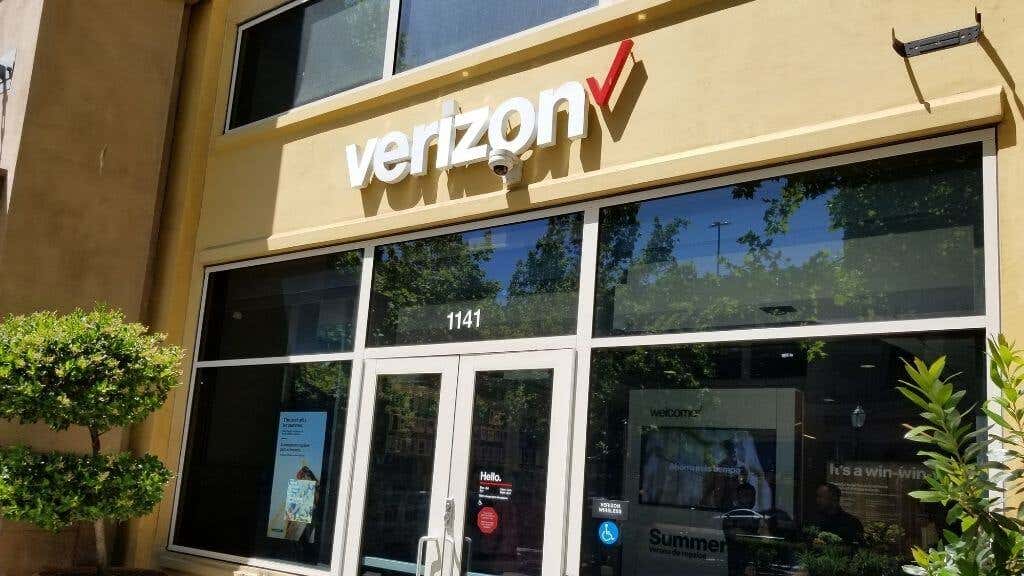BYOD or Bring Your Own Device cellular plans let you use the device of your choice with a SIM-only offer. These plans offer financial and flexibility benefits, but before you grab that irresistible deal, you should know what those benefits are and, more importantly, what potential drawbacks you might experience.
The BYOD Cellular Plan Defined
A BYOD plan is essentially precisely what the name says. You already have a phone from another contract, or you’re going to buy a handset outright, so you don’t need a phone from the service provider. You’ll simply receive a SIM linked to your contract and put it into your current device.
BYOD Plans Are Cheaper Month-to-Month
Since your monthly payment does not include the installment for a handset, a BYOD plan will cost less each month than one that offers the same data and talk time but also includes a phone.
BYOD Plans Can Be Easy to Get Out Of
Since you aren’t also paying off a subsidized phone, a BYOD plan can easily be canceled. Some BYOD plan providers don’t even offer a long-term contract. So you can get contract data and voice rates but still cancel your plan whenever you like without penalty. For example, Jolt Mobile’s plans only last 30-days at a time.
BYOD Can Be More Expensive Overall
While the monthly cost of a BYOD plan is cheaper than one with a handset, if you’re buying a handset outright, you may end up paying more for it than going the installment route.
Mobile carriers get fantastic bulk deals on handsets, and if you add up the handset installments, you may end up paying less for a phone than its cash price. You may also get bundled accessories that work out to less than they cost in a store for cash. Before going the BYOD route, do the math and see which option has the higher total cost.
You Need an Unlocked Phone
In some countries, including the USA, mobile phones can be locked to specific carriers, which won’t work with anyone else. If you want to use a BYOD plan, you either need a phone that’s already locked to the carrier of your choice, a phone that’s unlocked, or you have to get your phone unlocked by the carrier or a third-party service provider.
It can cost money to unlock a handset, so you’ll need to consider that cost. One of the reasons subsidized phones on carrier plans work out cheaper is that they are locked. An unlocked phone bought through a store such as Amazon generally attracts a higher price, even if the phones themselves are physically identical.
The good news is that it’s sometimes possible to unlock your phone with free unlock codes, but there’s no guarantee that this will be possible for your specific handset.
You Can Keep Your Phone When Switching Providers
Assuming that you have an unlocked phone or have the option to unlock your phone, going for a BYOD contract when switching from one provider to the next can be a significant advantage. You don’t have to go through the trouble of moving all your data to a new phone, and of course, you save the costs of buying an entirely new handset when the one you’ve already got works just fine.
Changing from one provider to another if your contract has ended is relatively painless, but if you’re mid-contract, then an early cancellation can come with pretty steep costs. For one thing, you’ll have to pay the balance on your current handset, and there may be other penalties. Carefully read through your plan’s contract to see what the terms are for early cancellation.
Mobile providers sometimes offer to cover the cost of your early contract cancellation as an incentive to switch but read the fine print carefully to see whether you aren’t locking yourself into a long-term deal with even harsher penalties.
Your Phone Needs the Right Network Compatibility
In the US, there are two main types of mobile providers: GSM and CDMA. Both of these mobile network types are being phased out rapidly, but you may still find that the phone you currently have is incompatible with the network you want to use.
The simplest solution is to get in touch with the BYOD contract provider and ask them whether the phone you want to use is compatible with their network. If not, you’ll either have to purchase a new handset or go with a non-BYOD plan.
Some providers may have a self-service BYOD eligibility tool where you can check if your existing phone will work or not.
No Aftermarket Device Support
If you bring your device to the contract, then you are also entirely responsible for that device. Your BYOD provider is under no obligation to provide technical support for the handset. You also have to provide your device insurance against theft and damage. If your device is still under warranty, you’ll also have to handle the process of a warranty return or repair yourself, along with whomever you bought the phone from.
It’s worth considering these additional costs and whether getting a normal phone contract with a handset that may include insurance and support in the price.
Some Providers Offer Handset Trade-Ins
If you have a handset that won’t do the job for your new network, but you don’t want to pay the total amount for a new phone, you may have the opportunity to take advantage of a trade-in offer. Assuming that your current handset is paid off and in an acceptable condition, the new provider might discount a compatible handset. While this won’t necessarily save you as much money as a BYOD plan, it could still be less expensive than getting a new handset outright. However, do a little research and check whether you couldn’t get more money for your current phone by selling it privately.
Who Offers BYOD?
It seems that almost everyone has some form of BYOD or BYOP (Bring Your Own Phone) plan on offer, but there’s one significant difference between providers you should be aware of.
There are three major carriers in the USA: AT&T Mobility, T-Mobile US, and Verizon. These are the companies that actually own and operate the physical cellular infrastructure of the mobile network. All three of the major providers in the USA offer BYOD plans.
In addition to these mainline carriers, there are also MVNOs or Mobile Virtual Network Operators. These are companies that don’t own any network infrastructure but run their own plans on the hardware of major operators.
BYOD offerings among MVNOs vary, but the vast majority do offer this type of plan. Some MVNOs, such as Jolt Mobile or Airvoice Wireless, only offer BYOD plans. At the time of writing, major MVNOs who don’t provide any BYOD options include:
- Assurance Wireless
- CREDO Mobile
- Lively (formerly GreatCall)
- Karma Mobility
- SafetyNet Wireless
The mobile provider market is constantly in flux, especially for MVNOs who may come and go much more quickly than large carriers. So it’s always best simply to check a provider’s website for BYOD plans.
